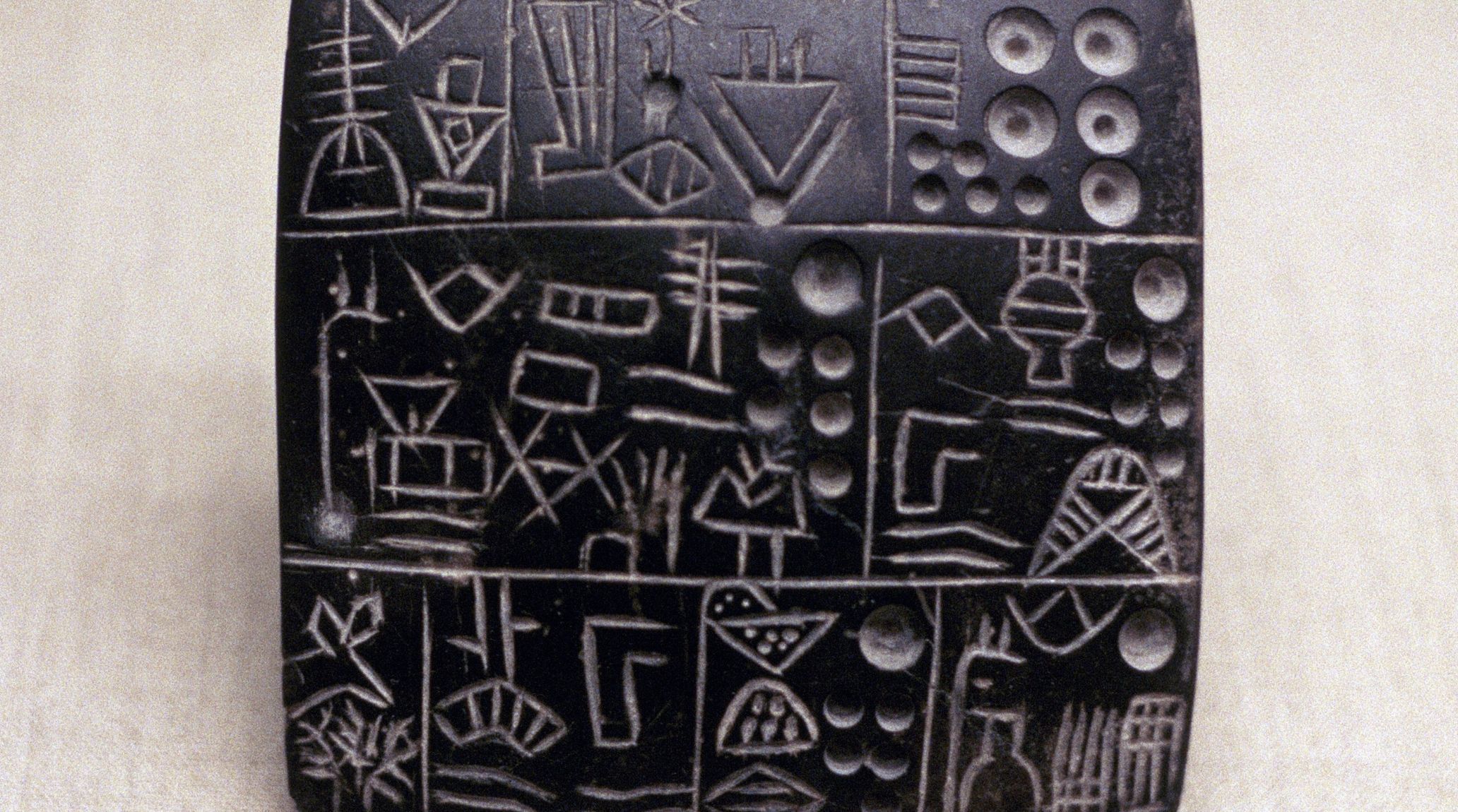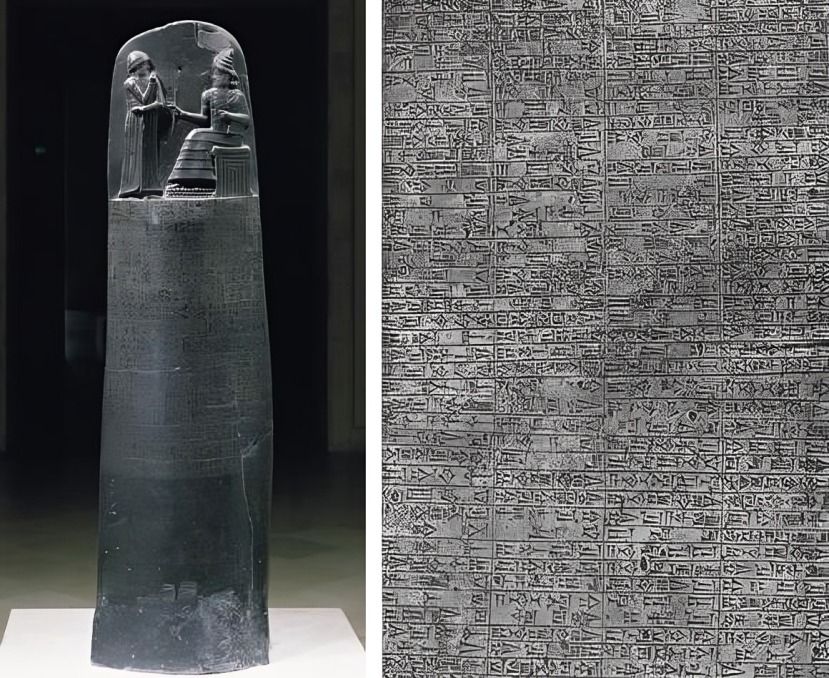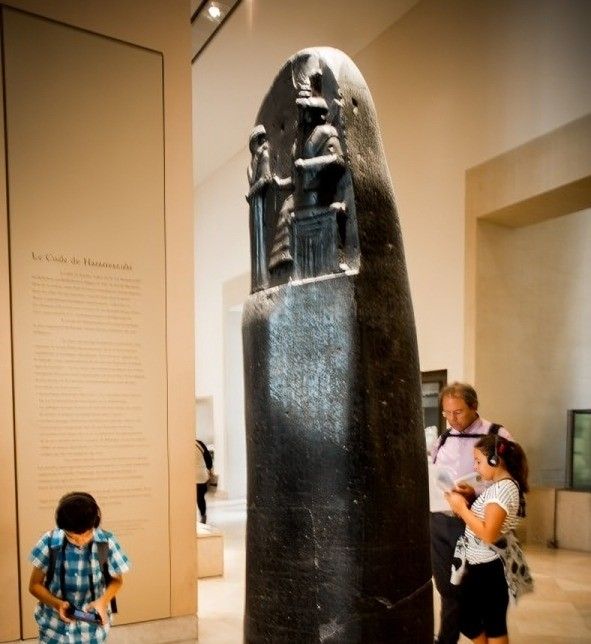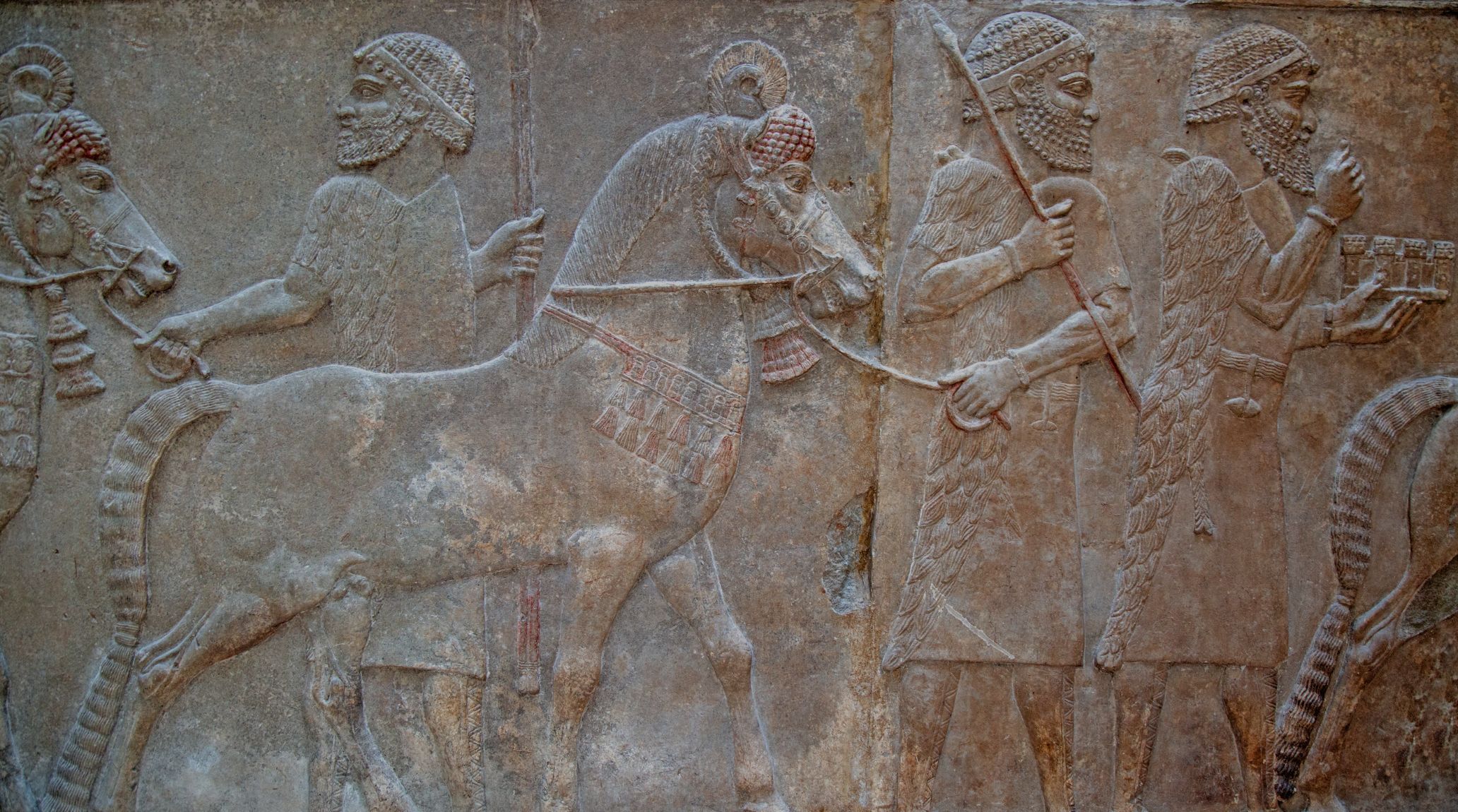
“
Hammurabi’s Code is one of the most intriguing legal documents from ancient history, providing insight into the values and structure of Babylonian society. In this blog, we delve into 20 Interesting Facts About Hammurabi’s Code, revealing how these ancient laws addressed everything from trade to family life and justice. 1
1
1
1
”
Hammurabi’s Code is one of the oldest deciphered writings, dating back to 1754 BCE. It offers a rare glimpse into ancient Babylonian society and remains a cornerstone in the study of early law.1
The Code consists of 282 laws, addressing various aspects of life, including trade, marriage, and family. This comprehensive legal document provided structure and order in ancient Babylonian society.2
The phrase "an eye for an eye" originates from Hammurabi’s Code, embodying the principle of retributive justice that aimed to balance society through fair and proportionate punishments.3
The Code included detailed laws on slavery, covering the treatment of slaves, the rights of slave owners, and conditions for a slave’s release, illustrating the complex social dynamics of the time.4
Hammurabi’s Code applied different penalties based on social class. Crimes against nobles received harsher penalties than those against commoners or slaves, reflecting the social hierarchy of the time.5
Surprisingly, the Code granted certain rights to women, including property rights and protections in marriage. Though still under male authority, women had some legal standing in Babylonian society.6
The Code laid out detailed regulations for trade and business, including guidelines for contracts, loans, and interest rates. This helped ensure fairness and order in economic transactions.7

One of the earliest legal texts to address medical malpractice, Hammurabi’s Code imposed severe penalties on doctors who caused harm, emphasizing the importance of accountability in healthcare.
Adultery was a serious offense under the Code, with both adulterers and adulteresses facing the death penalty. This reflected the strict moral codes prevalent in ancient Babylon.8
The laws were inscribed on a massive stone stele nearly seven feet tall. Placed in a public space, this basalt monument ensured that everyone could see and know the laws.9
Hammurabi claimed the laws were given to him by the sun god Shamash, the Babylonian god of justice. This divine endorsement was meant to legitimize the laws and reinforce Hammurabi’s authority.10
The Code introduced the concept of "lex talionis," or the law of retaliation, where punishments directly corresponded to the offense, aiming to prevent excessive retribution and maintain societal order.11
Some scholars suggest that Hammurabi’s Code hinted at the idea of presumption of innocence, requiring proof before punishment, an early precursor to this fundamental legal principle.12
The Code established one of the earliest known instances of a minimum wage, specifying the wages that various workers, including laborers and artisans, should receive for their efforts.13
Family law was extensively covered, with provisions on inheritance, divorce, and paternity, reflecting the importance of maintaining order and stability within Babylonian households.14
The Code also addressed environmental concerns, with penalties for those who neglected their fields or damaged others’ crops, showing early recognition of the importance of agricultural sustainability.15
Rediscovered in 1901 by a French archaeological team in Susa, Iran, Hammurabi’s Code had been lost to history for centuries, only to become a pivotal artifact in understanding ancient law.16
Hammurabi’s Code has had a lasting impact on modern legal systems, especially in areas like retributive justice and the concept of proportional punishment, influencing laws across different cultures.17

The original stone stele of Hammurabi’s Code is housed in the Louvre Museum in Paris, representing one of the most important artifacts in ancient legal history and offering insight into early law and justice systems.
Though not the first set of laws, Hammurabi’s Code is the most well-preserved and influential, serving as a legal precedent for subsequent civilizations in the ancient Near East and beyond.18


